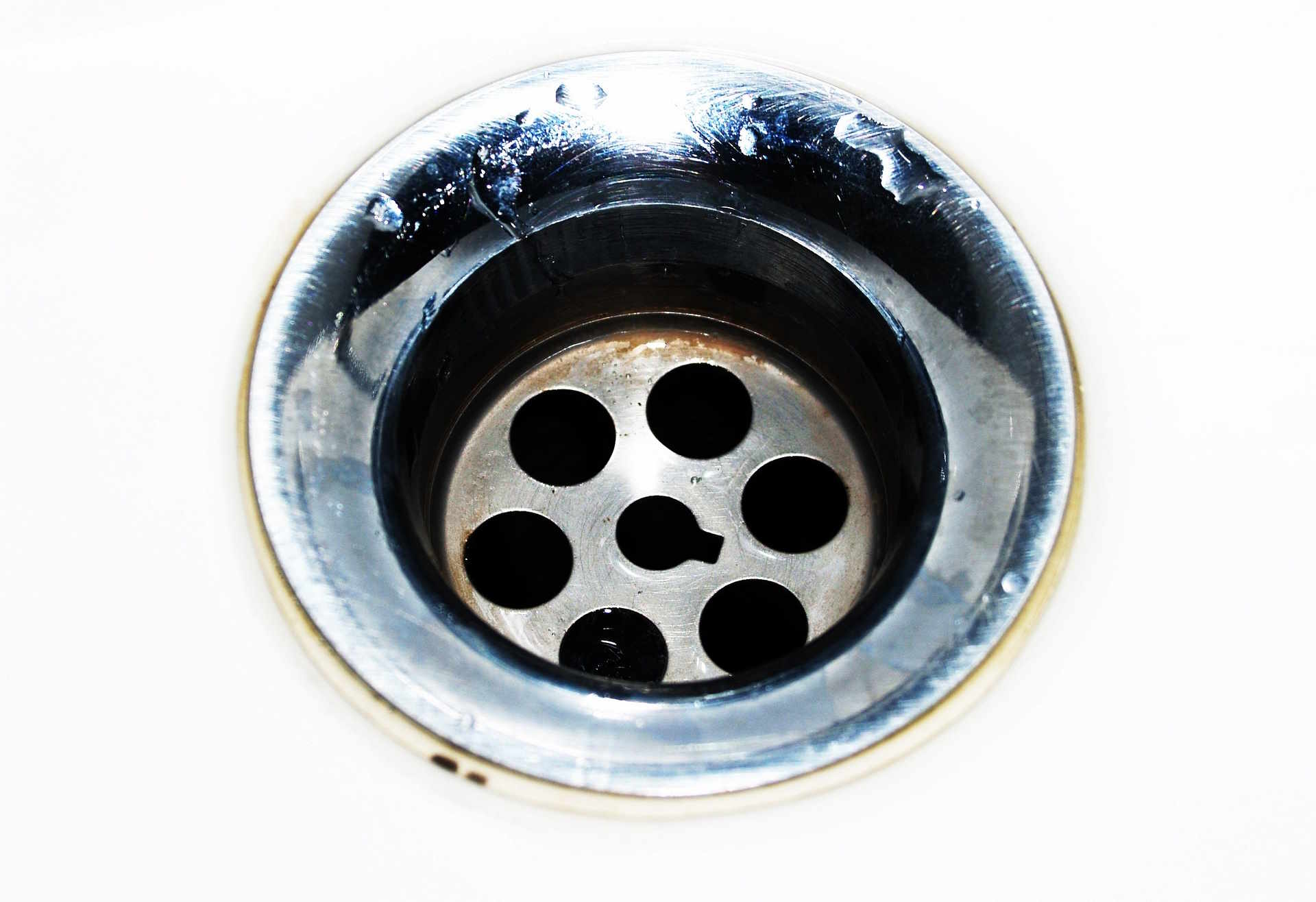How a Garbage Disposal Works and Care for Your Kitchen Sink
A garbage disposal is a common kitchen appliance mounted under the sink that grinds food waste into small particles so it can flow into household plumbing. Proper use and maintenance reduce clogs, unpleasant odors, and service calls. This article explains how disposals work, what food waste to avoid, routine care, plumbing issues to watch for, and how to find local services for installation or repair.

What is a garbage disposal and how does it work?
A garbage disposal fits under the sink and connects to the drain and electrical supply. Inside, a rotating plate or impellers shred food into fine particles while cold water flushes the pieces down the drain. It is designed to process small amounts of soft food scraps, not large quantities or non-food items. The unit reduces the volume of kitchen waste and interacts with the rest of the plumbing system, so correct installation and use are important to prevent blockages and mechanical wear.
How does a disposal handle food waste safely?
Not all food waste is suitable for a disposal. Soft, watery scraps (fruit rinds, cooked vegetables, small amounts of cooked meat) usually break down more easily than fibrous or starchy items. Avoid putting large bones, coffee grounds in excess, grease or oil, fibrous peels (corn husks, celery), and expandable starchy foods (rice, pasta) into the unit. Running a steady stream of cold water while the disposal runs helps carry particles through the plumbing. Using the disposal for occasional food scraps is acceptable, but it should not replace composting or proper waste sorting where those options are available.
What routine care keeps a kitchen disposal performing well?
Regular, simple maintenance extends the life of a disposal. Run cold water through the sink before, during, and for 10–15 seconds after grinding to clear debris. Clean the splash guard and grind chamber to reduce odors—pouring cold water with a bit of dish soap while running the unit helps, as does grinding small citrus peels occasionally for a fresh scent. Periodic deep cleaning with baking soda and vinegar followed by hot water can help remove buildup. If the unit jams, disconnect power first, then use the manufacturer’s recommended hex key or tools to free the impeller—never put your hand inside while the unit is connected to power.
What plumbing issues are related to disposals and sinks?
Disposals are connected to sink plumbing and can contribute to common problems such as clogs, leaks, and slow drains. Clogs may occur in the trap or further down the drain if inappropriate items are ground or if grease accumulates. Leaks can develop where the disposal mounts to the sink flange or where drain connections loosen. Dishwasher backups into the sink sometimes relate to clogged inlet lines. Diagnosing these problems often requires checking seals, hangers, and drain lines; some issues are simple to fix, while others need a licensed plumber to avoid damaging the sewer line or violating local codes.
Where to look for local services for installation and repair
When you need installation or repair, search for local services that list experience with garbage disposal models and plumbing connections. Look for licensed plumbers or appliance technicians who can handle electrical connections, ensure the unit meets local plumbing codes, and test for leaks and proper drainage. Read service descriptions and customer reviews, and confirm the technician will check the sink flange, mounting hardware, and dishwasher connection. For homeowners in multi-unit properties, check building requirements or homeowner association rules before scheduling work.
Conclusion
A garbage disposal is a convenient tool for managing small amounts of kitchen food waste, but it requires appropriate use and routine care to work reliably with your sink and plumbing. Avoid items that can damage the unit or create downstream clogs, run cold water when operating the disposal, and perform simple cleaning to limit odors. For persistent jams, leaks, or suspected code issues, consult qualified local services that can diagnose and repair both the appliance and related plumbing connections. Regular attention helps maintain functionality and reduces the need for unexpected repairs.






